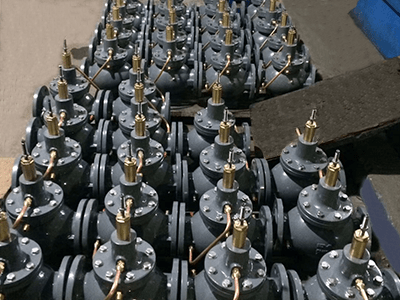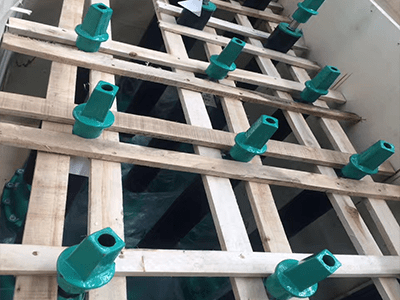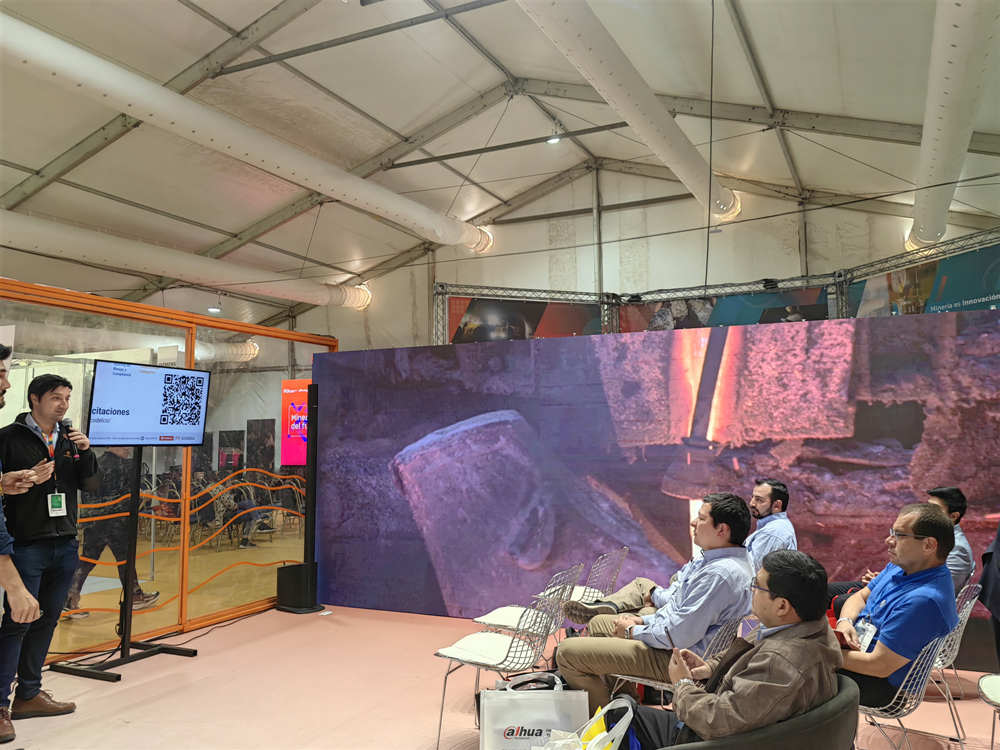DC brushless servo motors are a vital component in many industrial applications, offering superior efficiency, durability, and precision. These motors are commonly used in robotics, automation systems, CNC machinery, and various high-performance applications due to their advanced design and capabilities. In this article, we’ll explore the working principle of DC brushless servo motors, their benefits, key applications, and how they compare to traditional brushed motors. Additionally, we’ll touch on related materials like geocomposites, highlighting how advancements in materials science are enhancing motor performance.
What is a DC Brushless Servo Motor?
A DC brushless servo motor is a type of electric motor that operates without brushes, which makes it more reliable and efficient than traditional brushed motors. It combines a DC motor’s high efficiency with the precision of a servo system. The motor is controlled by a feedback system that continuously adjusts the motor’s performance to maintain optimal speed, torque, and position, making it ideal for high-precision tasks.



Benefits of DC Brushless Servo Motors:
- No brushes, reducing wear and tear.
- Higher efficiency and better power-to-weight ratio.
- Reduced maintenance costs due to the absence of brushes.
- Enhanced precision with the help of the integrated feedback system.
What Are the Key Advantages of DC Brushless Servo Motors Over Brushed Motors?
The main advantage of DC brushless servo motors over brushed motors is their longer lifespan and reduced maintenance needs. Brushed motors use physical contact between brushes and the commutator, which leads to friction, wear, and heat buildup. In contrast, brushless motors eliminate this friction, allowing for smoother operation, greater efficiency, and longer operational life.
Additionally, the performance of brushless motors is more stable, providing consistent torque and speed even under heavy loads or challenging conditions.
Advantages of Brushless Servo Motors:
- Longer operational life due to the lack of brushes.
- Better heat dissipation, reducing the risk of overheating.
- Higher reliability and less noise.
- Greater precision and better control in dynamic systems.
What Are the Common Applications of DC Brushless Servo Motors?
DC brushless servo motors are used in a variety of applications where precision, efficiency, and durability are crucial. Some of the most common uses include:
- Robotics: Brushless motors provide the precise control needed for robotic arms and automated systems.
- CNC Machines: These motors are essential for the accurate movements required in milling, cutting, and 3D printing applications.
- Medical Equipment: In devices like ventilators or imaging systems, where precision and reliability are non-negotiable.
- Electric Vehicles: DC brushless servo motors are frequently used in the powertrains of electric vehicles, contributing to energy efficiency and smooth acceleration.
The demand for these motors has grown as industries continue to embrace automation and advanced machinery that require precise motion control.
How Does Geocomposite Material Relate to DC Brushless Servo Motors?
Geocomposite materials are engineered to improve the performance of infrastructure projects, providing durability and reducing the environmental impact. While geocomposites, such as those used in geotextiles and geomembranes, may not be directly involved in the mechanics of a DC brushless servo motor, there is an indirect connection in industries like robotics and manufacturing, where both high-performance materials and motors play essential roles.
For example, in the construction of advanced robotics, automated systems, or precision machinery, geocomposites can be used in protective housings and structural supports. These materials can improve the motor system’s efficiency by providing environmental protection, such as resistance to moisture or extreme temperatures.
Examples of Geocomposite Uses in Robotics:
- Enclosures that protect sensitive electronic components.
- Reinforcements in automated systems exposed to harsh environments.
- Advanced composites that integrate multiple functions, including filtration and drainage, crucial for certain robotic applications.
DC brushless servo motors represent a significant advancement in motor technology, providing unmatched efficiency, precision, and longevity. Their application across robotics, CNC machines, and even electric vehicles demonstrates their importance in modern technology. As industries continue to push for higher performance and greater sustainability, materials like geocomposites are playing an increasingly vital role in complementing these motors. By combining the efficiency of brushless motors with the resilience of advanced materials, industries can continue to innovate and achieve greater levels of productivity and performance.
